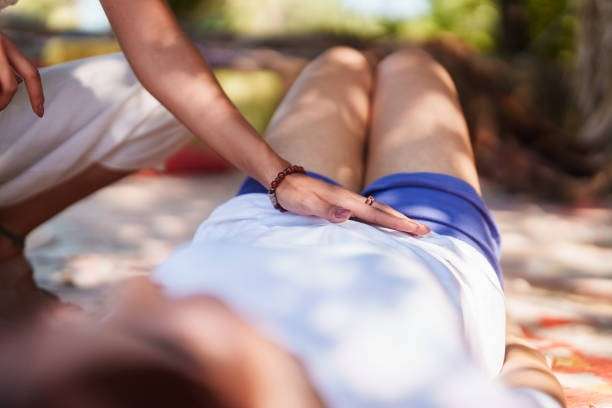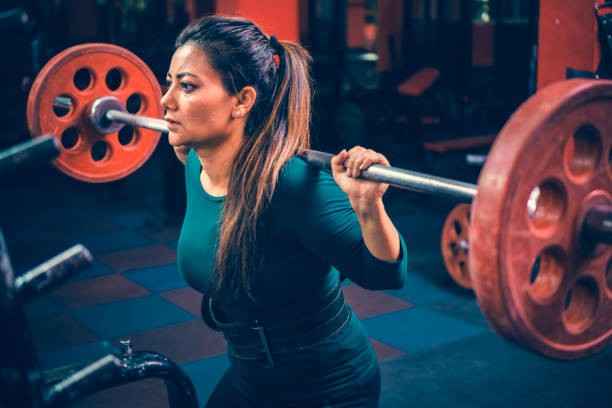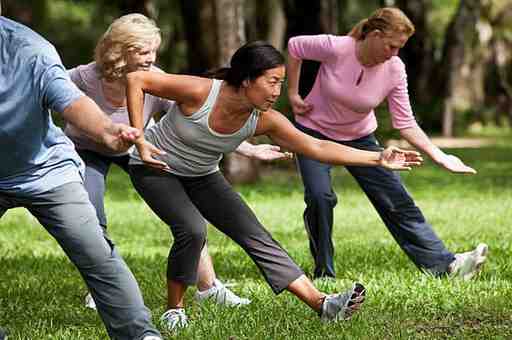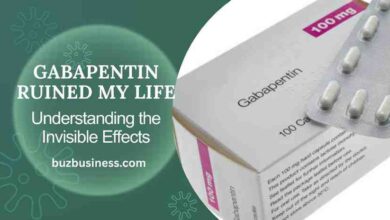Pulmonary Rehab Exercises To Help You Breathe Clearly

Ensuring that the lungs are working at optimum performance can often become a struggle for people with lung diseases. But even minor lung issues like mild asthma can be disruptive to everyday life and exercise.
To help our readers improve their lung function, our team did some research on what a typical pulmonary rehab program would look like.
We spent a few hours with a doctor and a physical therapist to find out what kinds of exercises you can do without needing professional help.
Quick Summary
- During pulmonary rehab, people need to focus on a combination of breathing techniques, stretching, and even resistance training.
- Doing such exercises a few times a day can help strengthen the muscles that control your lungs and help you breathe more easily.
- There are also some supplements that can help people get over milder lung issues that might be causing some restricted breathing.
What Are the Best Exercises for Pulmonary Patients?
The best exercises for pulmonary patients are a combination of resistance training, stretching, and breathing exercises.
Here are a few things to try out at home.
1. Belly Breathing Techniques

A common pulmonary issue is not enough ventilation over the surface of the lungs. You don’t need a major lung disease for this to become a problem, and many pulmonary rehab programs will start off with deep breathing exercises.
One common misconception is that deep breathing involves pumping up the chest.
What you actually need to do is expand your belly to force more air into the lower sections of your lungs.
2. Pursed Lip Breathing

A slight variation of the belly breathing exercise that you can even combine into one routine. It’s a breathing method that is designed to help you relax the airways and muscles to reduce that shortness of breath feeling.
What you’ll need to do is take a deep breath through your nose and count to two. Then, slowly exhale through pursed lips while you count to four. Keep repeating this method for a few minutes and notice the changes.
You can also increase the inhale to three seconds and the exhale to six seconds.
3. Weight Lifting

Yes, it might seem counterintuitive to start a weight-lifting exercise program. However, a pulmonary rehabilitation plan not specifically targeted at major lung diseases can often benefit from some upper-body weight training.
Training and strengthening the upper body muscles can help people with dyspnea breathe more easily.
And you don’t have to plan to become a professional bodybuilder. Any workout routine that helps you get more toned will provide great benefits.
4. Tai Chi

Tai Chi might not be an anaerobic physical activity, but the combination of balance, dobby movement, and mindfulness has been shown to have positive impacts on lung function and even blood pressure.
As part of a pulmonary rehabilitation routine, it can help to reduce stress and anxiety, which can further add tension and restrict your airways.
Relaxed and rhythmic motions and a focus on synchronized breathing with those motions will have a positive overall effect on your air intake.
5. Stretching Exercises

One thing that people who start pulmonary rehabilitation sometimes complain about is that they have very tight muscles. Not only could this be the result of shortness of breath, but it could also make the problem worse.
Imagine multiple muscles in your core and chest in a constant state of tension. That will make it a lot more difficult to open your airways and take deep breaths.
How Often Should You Do Pulmonary Rehab Exercises?
You should aim to do pulmonary rehab exercises a few times a day. You can do most of the above at home or at work without any disruptions.
Ultimately, though, it will depend on the severity of your issues.
If you’ve been diagnosed with lung cancer or chronic obstructive pulmonary disease, then I would suggest only doing exercises you have first discussed with your doctor. With such a chronic lung disease, you need to ensure you don’t do more damage than good.
But if you’re just dealing with shortness of breath, then going through such a simple routine two to three times a day can make a big difference.
Can You Do Them at Home?
Yes, a simple pulmonary rehabilitation program of light resistance training, stretching, and some deep breathing techniques is easy to do at home.
I know people who make these part of their morning and evening routines, and it just becomes a normal habit. Not only can it help deal with shortness of breath, but such an approach could also help prevent it.
If you have a chronic lung disease, then it might be best to register for some physical therapy first to assess which types of exercises will deliver the most significant benefits.
FAQs:
Q1. How Long Does a Pulmonary Rehab Program Last?
A pulmonary rehab program typically lasts 4–12 weeks. But many of the simpler exercises we looked at are suitable for doing long-term at home, as they may prevent shortness of breath from reoccurring.
Q2. How Successful Is Pulmonary Rehab?
Pulmonary rehab can be extremely successful, with many patients responding positively within weeks. For more serious lung issues, the overall success will also depend on the success of other treatments, like medication prescribed by a doctor.
Q3. What is a rehab exercise?
A rehab exercise is an exercise that helps you recover power and function from an injury, surgery, or illness. These workouts for recovery, pain relief, and mobility are safe and effective under the supervision of medical and professional physical therapy experts.
Q4. What is the meaning of rehab in exercise?
Take a Proactive Approach to Better Lung Function
While many lung conditions may require a pulmonary rehabilitation program set up by a physical therapist, shortness of breath is often something you can fix with the above exercises and stretches.
What I would also recommend is that you invest in a good-quality magnesium supplement. Many doctors recommend this mineral alongside a pulmonary rehabilitation routine.
As a personal trainer, I’ve seen a few clients who got big improvements in their lung function through the combination of exercise and magnesium.



